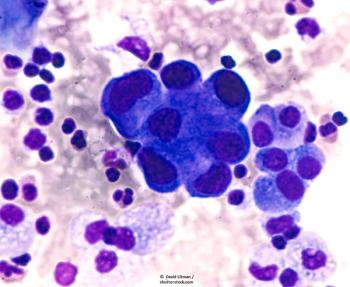
Thorough prescreening evaluation is one critical element for a safe and successful lung cancer screening program.

Thorough prescreening evaluation is one critical element for a safe and successful lung cancer screening program.

DTI imaging shows women are more sensitive to these types of head impacts at the level of brain tissue microstructure.

Radiology practices with collaborative, consensus-based decision-making and conflict resolution processes can lead to greater standardization.
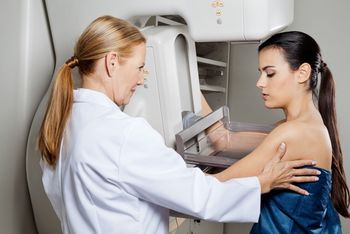
Underrepresentation is highly variable at state, county, and practice levels.
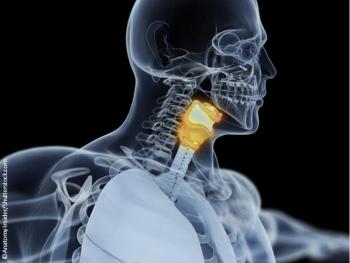
Likelihood of malignancy did not differ between boys and girls.
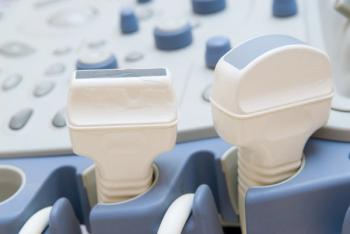
Imaging could potentially decrease biopsies negative for cancer.

The use of synthesized mammography instead of additional full-field digital mammography has no significant effect on biopsy rate.

Interventions targeting radiologist factors may help reduce unwarranted variation in screening recalls.
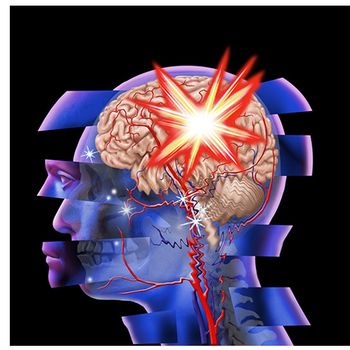
There is no clinical variable that can be used as sole indication for WBCT in pediatric polytrauma patients.

The pattern of excess cancer risk may be partly due to confounding by indication.
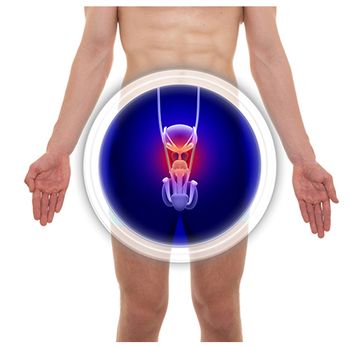
Missed cancers include some that are clinically significant.
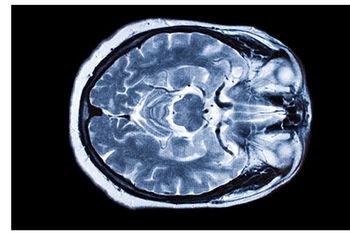
Imaging the brain for iron levels may help predict disability in MS patients.

Neuroimaging for nonindex seizures, based on clinical factors at presentation, could decrease imaging frequency with minimal loss of yield.
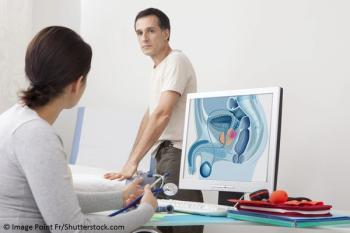
PSA-density does not appear to significantly improve its diagnostic performance.
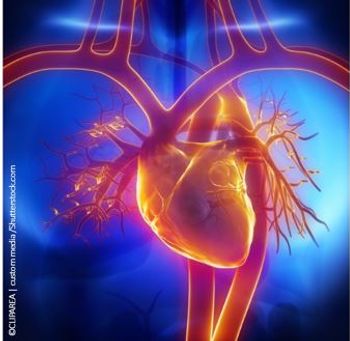
The procedure also maintains acceptable visualization at 3T.

Further large-scale investigations regarding efficiency of the messaging system are warranted.

Why should physicians have all the quality-assurance fun for themselves? Let everyone experience the joy.
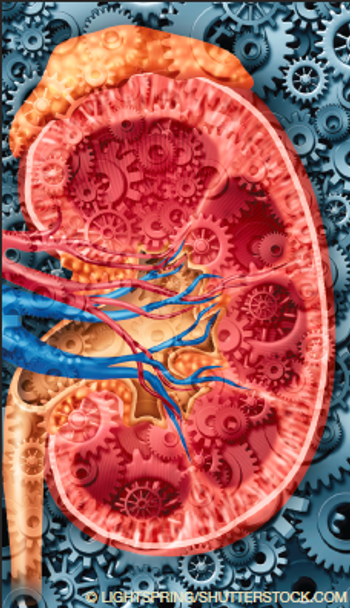
Patients on hemodialysis had significantly higher DN and GP signal intensity increase.

Errors are often corrected before notes are signed.
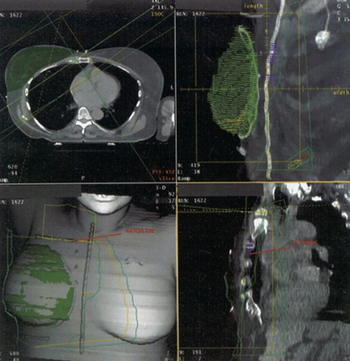
Ultrasound may detect which patients are at minimal risk of sentinel lymph node metastasis.

Checklists could be used by staff to improve patient safety.
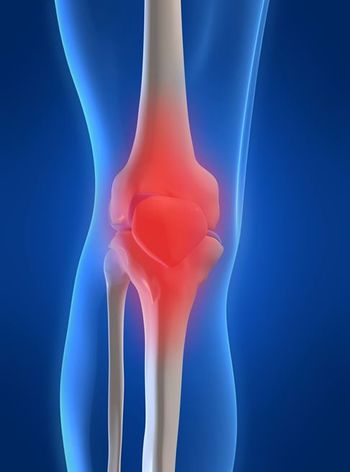
Magnetic resonance imaging, referred by general practitioners for traumatic knee injuries, adds to healthcare costs without improvement in outcomes.

A total of 35 percent of cancers diagnosed after second-opinion review were not initially detected in the original interpretation.
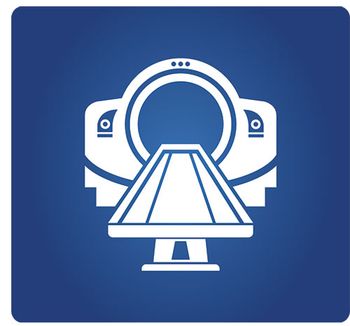
Amalgam fillings may pose a risk not only to patients, but to staff.
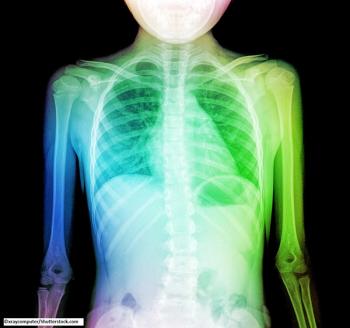
Pediatric patients were more likely to consume prescribed dose of Breeza than barium sulfate suspension.
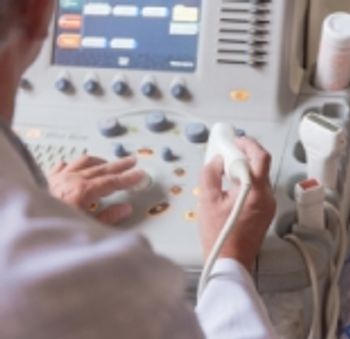
Radiologists who plan to adopt contrast ultrasound into practice need education, support.

May contribute to knowledge gap inhibiting patients from improving their health literacy.
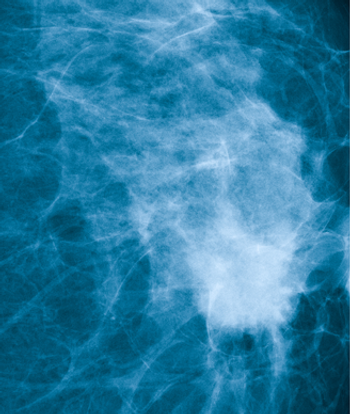
Further study may determine if patient awareness can mitigate the underutilization of supplemental screening breast MRI.
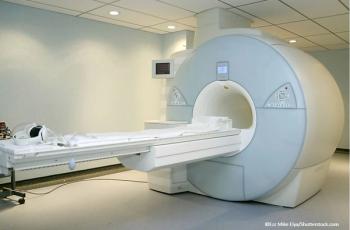
Using MR imaging after CT for cervical spine trauma resulted in few changes in patient management decisions.
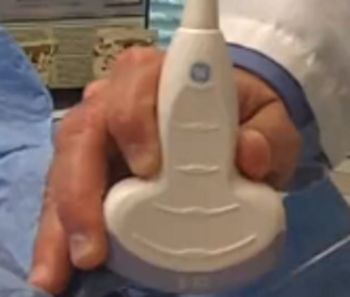
MRE may overestimate the presence of disease when using a scoring system.